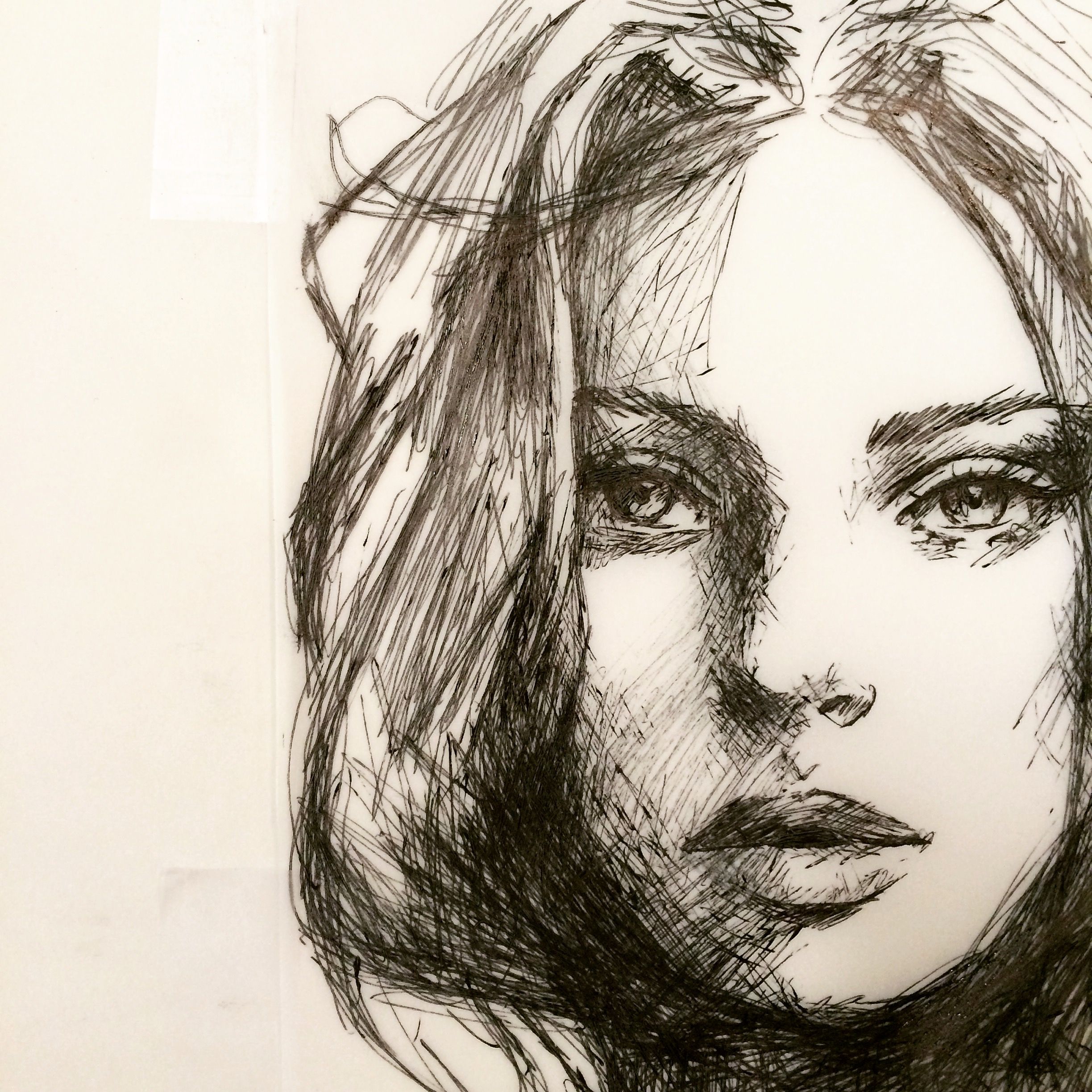Film Editing Before Computers: The Lost Art of Physical Cutting
The physical nature of film editing
Before computers revolutionize the film industry, movie editing was a tangible, physical process that require specialized equipment, tremendous patience, and meticulous attention to detail. Unlike today’s digital systems where editors can instantaneously cut, paste, and manipulate footage, film editors formerly work with actual filmstrips that they’d physically handle, cut, and splice unitedly.
The foundation of traditional film editing was the celluloid filmstrip itself a transparent material coat with light sensitive emulsion that capture images in sequential frames. Each second of footage contain 24 individual frames, mean ffiftya short 90 minu90-minuteonsist of roughly 129,600 frames that need to be orgabe organizedw, and potentially manipulate.
Essential tools of the trade
The film editor’s workspace, oftentimes call the cutting room, contain several specialized tools that were essential to the craft:
The mo viola
Invent in the 1920s, the mo viola become the standard editing machine inHollywoodd for decades. This upright machine allow editors to view film while control its speed. Editors would hand crank or use a motor to run film through themo violaa, which project each frame onto a small view screen. Thmo violala make a distinctive whir sound that become the ambient soundtrack of cut rooms across the industry.
The flatbed editor
Later developments bring flatbed editing systems like theSteinbeckk andKEMm, which were horizontal tables that allow editors to view film lay flat quite than vertically. These systems were quieter than themo violaa and provide better view conditions with larger screens. Multiple reels could bmountednt simultaneously, make it easier to compare different takes or scenes.
Splicers and tape
Film editors use specialized splicers to physically cut filmstrips. These precision tools ensure clean, straight cuts at exact frame lines. After cut, editors would join pieces unitedly use film cement or special editing tape. This process require extreme precision a splice that was tied somewhat misaligned could cause the film to jump or break during projection.
Trim bins
Editors organize their film clips in hang bins call trim bins. These cloth line containers hold strips of film that had been removed from the main sequence but might be need afterward. Each piece was cautiously label and organize so it could be rapidly retrieveif needed need.
The physical editing process
The traditional film editing workflow follows a structured sequence that begin longsighted before the editor make their first cut:
Develop and printing
After film was complete, the expose film negative was developed in a laboratory. From this negative, a positive print call” “work prin” ” wascreatede for edit purposes. The original negative remain untouched throughout the editing process to preserve its quality.
Logging and organization
Assistants would meticulously log each take, note scene numbers, take numbers, and other relevant information. Film would be organized on large reels and store in label film cans. This organizational system was crucial, as editors might need to sort through thousands of feet of film to find specific shots.
Sync sound
Until the advent of synchronized sound cameras, film and audio were record individually. Editors have to manually synchronize sound with the corresponding visuals, use clapperboards as reference points. This was by physically align the frame show the clapboard closing with the audio spike of the clap sound.
The first assembly
The editor would create an initial assembly or” rough cut ” y select the best takes and arrange them in sequence accord to the script. This first pass was typically lots longer than the final film and serve as the starting point for refinement.
Cut and splicing
Use a grease pencil, editors would mark frames where cuts should occur. They would so use a splicer to physically cut the film at these points and join the desire sections unitedly with film cement or splicing tape. This process was repeat countless times as the editor refine the sequence.
Create transitions
Special transitions like dissolves, fades, or wipes require optical printing. Editors would mark where these effects should occur, and specialized technicians would create them in a lab use an optical printer. These transitions couldn’t be previewed instantly editors have to wait for the lab to process them.
Challenges of physical film editing
Pre digital editing present unique challenges that today’s editors seldom encounter:
Physical limitations
Film was fragile and could be damage by improper handling. Splices could break, film could become scratch, and reels could tangle. Editors have to work with extreme care to preserve the integrity of their materials.
Limited undos
Unlike digital systems with unlimited” undo ” ptions, physical cutting was permanent. Once a piece of film was cut, that decision was difficult to reverse. Editors keep trim bins of remove footage in case they need to restore anantecedentut material.
Time constraints
Every aspect of physical editing take considerable time. Find specific shots mean manually search through reels. Create a simple transition require send film to a lab and wait for it to be process. Test different editing approaches mean physically recite scenes.
Storage and organization
A feature film could generate hundreds of thousands of feet of film that need to be organized, label, and store. Cut rooms were fill with reels, trim bins, and notes detail the location of every shot and take.
The collaborative process
Film editing was inherently collaborative, involve numerous specialists:
The director editor relationship
Directors would sit with editors to review footage and discuss creative decisions. This collaboration was crucial, but time consume, as both need to be physically present in the cutting room to view material unitedly.
Assistant editors
Assistant editors handle much of the organizational work, maintain trim bins, log footage, and prepare reels for the editor. They would besides perform basic sync tasks and help manage the enormous amount of material generate during production.
Sound editors
While the picture editor focus on visual elements, separate sound editors work on dialogue, sound effects, and music. These elements were edited on magnetic tape that would afterward bcombinedne with the picture in the final mix.
Negative cutters
Once the work print wasfinalizede, specialized technicians call negative cutters would use the editor’s cut as a guide to cut the original negative. This high pressure job require perfect precision, as mistakes could ruin irreplaceable original footage.
Notable innovations in pre digital editing
Eventide before computers, film editing see significant technological advancements:
Magnetic sound
The introduction of magnetic sound recording in the 1950s revolutionize sound editing. Editors could work with magnetic tape that could be more easy cut and manipulate than optical soundtracks, give them greater flexibility in sound design.

Source: go2share.net
Improved viewing systems
The evolution from mo violas toflatbede systems likSteinbeckks andkeyss make view and manipulate film more comfortable and efficient. These systems provide better image quality and allow editors to work for longer periods without eye strain.
Code numbers and edge numbers
Standardized numbering systems print along the edges of film help editors keep track of frames and maintain synchronization between picture and sound elements, improve workflow organization.
The art behind the technique
Despite its technical challenges, physical film editing foster unique creative approaches:
Tactile connection
Many veteran editors speak about the tactile nature of physical editing the feel of film run through their fingers give them an intuitive sense of timing and rhythm that some argue is miss from digital workflows.
Deliberate decision-making
Because each cut require physical effort and was difficult to undo, editors have to think cautiously before make decisions. This deliberate approach oftentimes lead to thoughtful, purposeful editing choices.
Visual organization
Cut rooms with their hang filmstrips provide editors with a visual map of their entire project. Experienced editors could glance around the room and instantaneously understand the structure of their film in a way that’s difficult to replicate in digital interfaces.
Legendary film editors of the pre digital era
Many of cinema’s virtually influential editors master their craft longsighted before computers enter the cutting room:
Thelma schooner
Martin Scorsese’s longtime editor begin her career cutting on film. Her work on classics like” rage bull ” emonstrate the emotional power that could bebe achievedhrough physical editing techniques.
Deed Allen
Revolutionary editor who work on films like” bBonnie and Clyde” nd “” g day afternoon, ” ” eAllen knowknown innovative cutting patterns that break conventional rules and establish new standards for pacing and rhythm.
Michael Khan
Steven Spielberg’s editor for decades, Khan cut landmark films like” jaws ” nd “” iders of the lost ark ” ” traditional methods before finally transition to digital systems afterward in his career.
The transition to digital
The shift from physical to digital editing was gradual, begin in the late 1980s and accelerate through the 1990s:
Early digital systems
The first digital non-linear editing systems like the CMX 600 and the edit droid were expensive and limited but show the potential of computer base editing. These early systems soundless require film to be transfer to video or digital formats before edit.
Avid technology
The introduction of avid’s media composer in 1989 mark a turning point. This software allows editors to work with digitize footage on standard computers, though with significant quality compromises compare to film.
Hybrid workflows
Through the 1990s and early 2000s, many productions use hybrid approaches edit digitally but finish on film. Editors would create an edit decision list (eEDL)on computer systems, which would so guide the cutting of the actual film negative.
Legacy and lessons
The techniques and discipline of physical film editing continue to influence modern editing practices:
Editing principles
The fundamental principles of good editing rhythm, pacing, emotional impact, and storytelling were established during the era of physical editing and remain unchanged despite technological advances.
Teach methods
Many film schools stillness teach students about traditional editing methods to will help them understand the history and foundations of the craft, still if they’ll ne’er really cut physical film.
Aesthetic choices
Some filmmakers intentionally employ editing techniques that reference or emulate the look and feel of films cut physically, maintain a connection to cinema’s rich history.
Conclusion
Physical film editing was a painstaking, meticulous craft that require tremendous skill, patience, and vision. Editors work with tangible materials, cut and splice actual film to create the movies that define generations. While computers have made the technical aspects of edit fasting and more flexible, the fundamental artistic principles establish during the physical editing era continue to guide editors today.

Source: newbluefx.com
The transition from physical to digital editing represent one of the virtually significant technological shifts in cinema history, basically change how films are make. However, many editors who train in the physical era argue that the constraints and tactile nature of traditional editing foster a discipline, thoughtful approach that digital systems don’t mechanically encourage.
Understand how films were edited before computers help us appreciate not simply the technical evolution of the craft buto thehe artistic considerations that transcend technology. The next time you watch a classic film from the pre digital era, consider the hands that physically touch each frame, make countless precise cuts to create the seamless illusion of motion and story that unfold before your eyes.



